Widely considered the oldest of mankind’s alcoholic beverages, mead has somewhat fallen out of favor over the past several thousand years. Mead, also known as honey wine, is traditionally made only of fermented honey and water. These days, a wide variety of styles exist, incorporating fruits, spices, and hops into the brewing process. If you find yourself getting bored with your Cabernet or IPA this winter, make a beeline to your nearest meadery.
Archaeological and literary evidence demonstrates the near universality of mead across the ancient world. Chinese, Indian, Greco-Roman, American Indian, and countless other societies turned to mead both as an intoxicant and as medicine. Today, mead likely calls to mind, if anything at all, Nordic warriors sloshing tankards of the golden stuff over hearty laughter. But in the past decade or so, mead has undergone a sort of revival.
One report by the American Mead Makers Association has the annual production of mead increasing by 130% since 2011. This increase would make it the mostly rapidly growing drink category in the United States. Along with the booming craft drink industry, some have attributed mead’s rise back into relevance to pop culture (The Lord of the Rings, Skyrim, Game of Thrones, it’s Hagrid’s drink of choice in Harry Potter).
Beyond the retro appeal of quaffing the same drink Beowulf slung back in the great mead hall of Heorot, mead is a pleasantly unique (and gluten-free) beverage. Perhaps the best sales pitch for mead is its variety and versatility—regardless of your mood or taste preferences, there is a mead for you out there.
Erik Benepe, the Head Meadmaker at Havoc Mead in Colchester, Vermont, notes, “Mead can be like wine, it can be like beer, it can be like an ice cider or dessert wine.”
Havoc Mead makes “craft mead.” This style is very dry and, at around 7% abv, low in alcohol content (mead will usually fall between 8% and 20% alcohol). These meads are often champagne-like in flavor and mouth feel. Erik laments the perception of mead as a “big syrupy thing,” and observes, “people don’t think of grape juice when they think of wine, and they shouldn’t necessarily be thinking of honey when they think of mead.”
Brewers will use over a half-pound of honey for each standard 750 mL bottle of mead, or the honeybee harvested nectar of around a million flowers. The source flower of the honey will largely determine the flavor of the mead. Many brewers use orange blossom honey, which tends to yield notes of citrus.
Considering the strangeness of honey- the nectar of countless flowers digested and regurgitated by living creatures into the hive as the stuff we use to sweeten our tea or ferment into an alcoholic beverage— it makes sense that fans of mead, or “meadiacs,” often speak of it with a spiritual fervor. So grab a bottle of mead, a drinking horn, and get ready to feel as if you’re ascending into Valhalla.

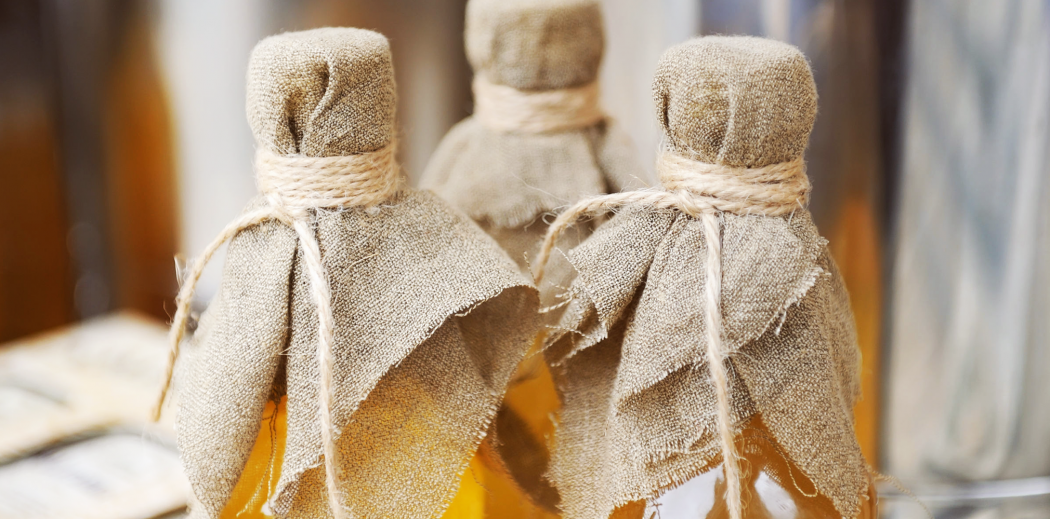

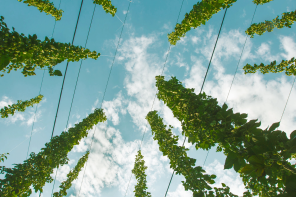
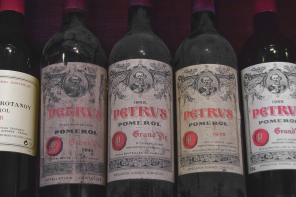
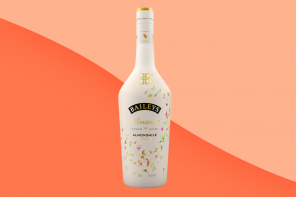
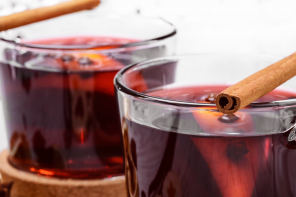


&@!? The FDA, mead is not “Honey Wine”!